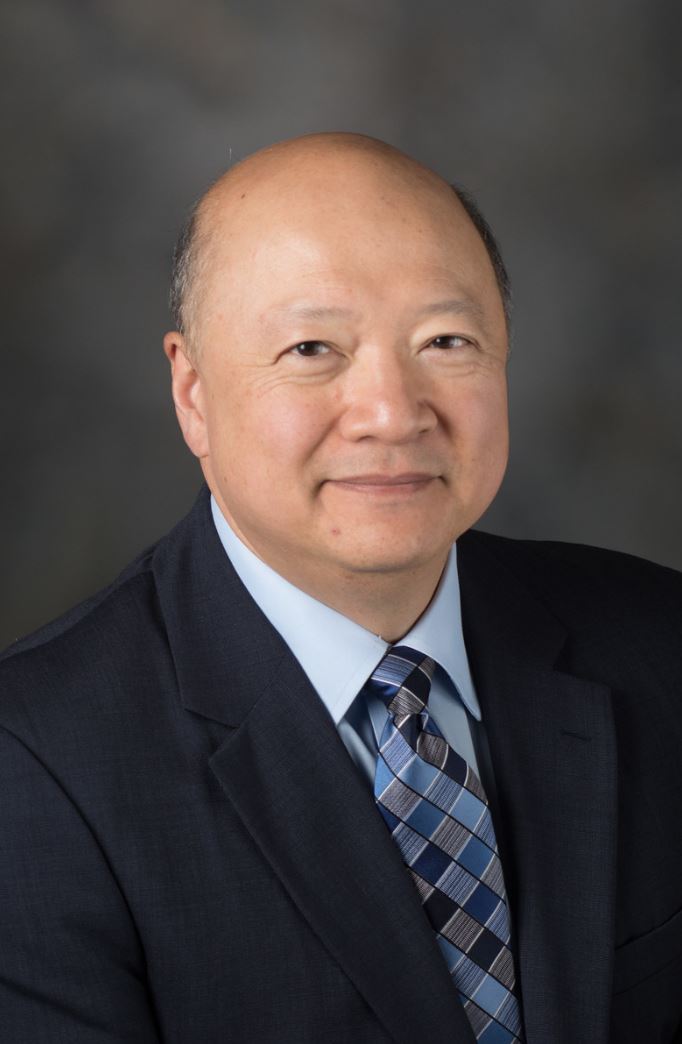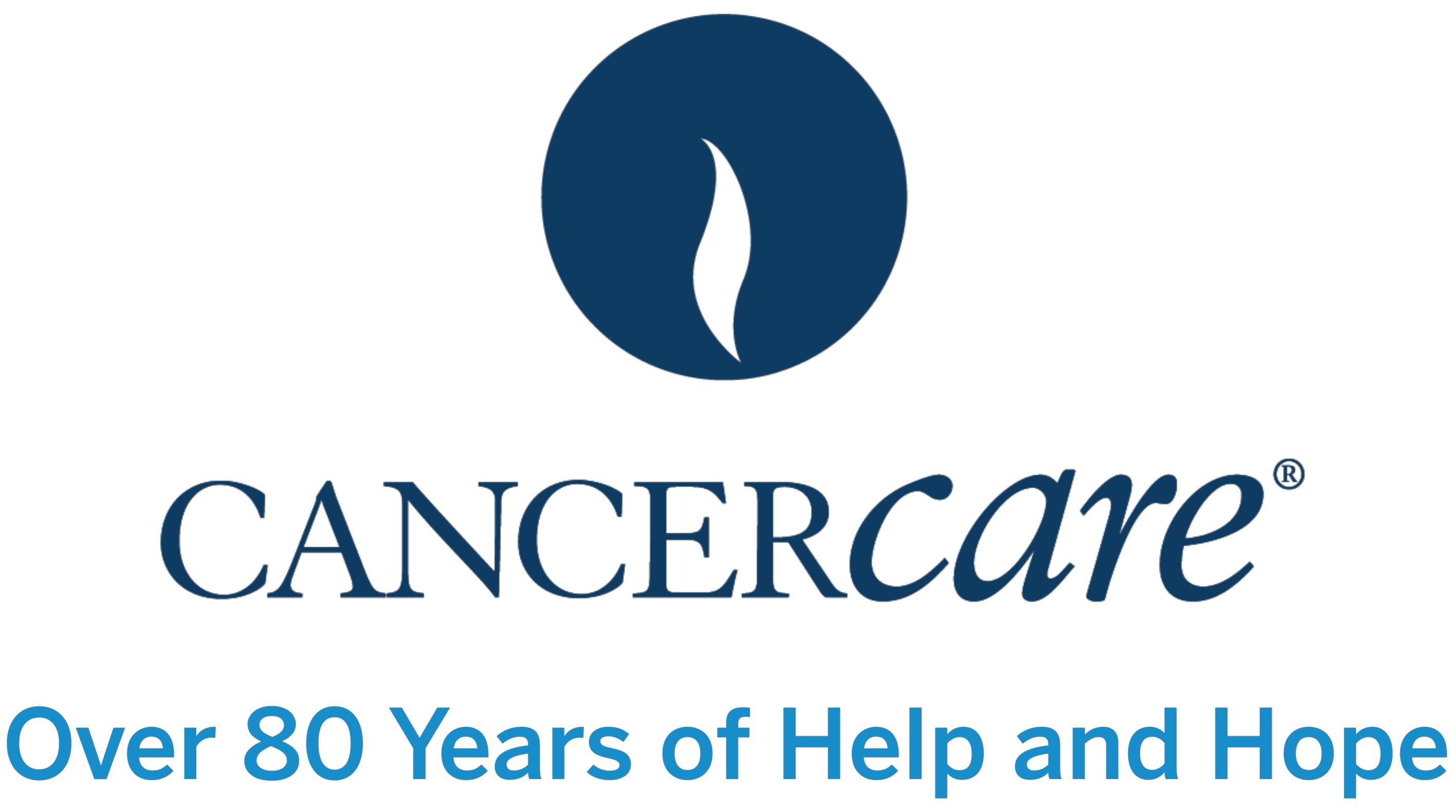Placing patient values at the center of cancer treatment – a doctor’s insight
 Dr. Michael Wong is professor of medicine at The University of Texas MD Anderson Cancer Center. He also sits on the advisory board of CancerCare’s Patient Values Initiative, a program of work designed to make sure that patients’ values and priorities are incorporated into treatment decision-making. Here he shares his thoughts on how we can ensure patient preferences are built into treatment programs and what care teams can be doing right now to make a difference.
Dr. Michael Wong is professor of medicine at The University of Texas MD Anderson Cancer Center. He also sits on the advisory board of CancerCare’s Patient Values Initiative, a program of work designed to make sure that patients’ values and priorities are incorporated into treatment decision-making. Here he shares his thoughts on how we can ensure patient preferences are built into treatment programs and what care teams can be doing right now to make a difference.
Why did you become involved in the CancerCare Patient Values Initiative?
As an academic physician, who has run a research laboratory, published basic science papers and been involved in drug development, I didn’t come to this project naturally. But, as we were putting all this technology and these phenomenal drugs in place to cure cancer, I realized a subtle shift had taken place. We were doing all these amazing things, but there was a tremendous problem at the point of delivery when it came to actually looking after people with cancer.
Cancer is no longer a death sentence, which means it’s time to start thinking about quality not just quantity of life. For example, six or seven years ago, we had one or two therapies to treat melanoma. We knew these medicines had issues, but we glossed over them because we were just glad to have anything at all. Now we have eight new therapies and more than eleven different ways to treat this one disease.
We are in a position we could never have imagined. We are able to extend life, to cure people, but these medicines are leaving people with medical, quality of life and financial toxicities. Some of these are long-lasting, others are life-long. I realized something was sorely needed – that we had to look at what was important to the people living with cancer.
How is the Patient Values Initiative helping oncologists have discussions with patients about their priorities?
Everyone’s priorities are different. They could be related to their work, their family, their hobbies or their finances. It’s about what they look forward to and what they fear the most. I had one patient who was a concert pianist, meaning manual dexterity and the ability to feel his fingertips was at the top of his priorities. Another specific but important example concerns young mothers who are breast feeding and want to continue to do so; we need to figure out both a medical and social strategy to support them.
The Patient Values Initiative is identifying the hotspots, the important touch points, and giving health professionals solid data to build conversations around. The initiative highlights the human aspect of what we do and points to certain things that are important across cultures, across cancers and different stages of cancer.
I compare it to when we first started looking at quality of life, about 10 years ago. We knew it was important, but we didn’t know how to measure it. Now we have validated instruments that we use in the clinic and that we incorporate into trials. Those instruments came from work similar to the Patient Values Initiative. These are the building blocks and the beginning of the process, creating an infrastructure around how to look after a cancer patient.
How can healthcare providers support patients’ priorities?
Cancer still has the stigma of being a deadly disease, but we are making such great inroads that the statistics around morbidity and mortality have vastly improved. We need to help patients to understand that and realize they have a more proactive role to play in their own care.
Doctors don’t have any instruments to measure what patients want and the value they assign to things. We are doing it on a person-to-person, chart-to-chart basis.
The simplest thing to do is to ask the patient what they want. This gives the patient permission to talk about these very personal, intimate things – the issues that people hold very close to their hearts and which may not be easy for them to speak about.
Providing permission must come from the healthcare provider side. As doctors we can sometimes be so focused on the treatment side. We don’t need to do anything more than understand that asking what the patient wants is part of what we have to do.
What is the future for shared decision-making in cancer treatment?
Patients have choices now and understanding what the choices are and the consequences of those choices is so important. We have so many effective therapies now that some of the responsibility for choosing goes back to the patient.
In this new era, how we treat cancer is radically different. Cancer is not a death sentence – there are treatment options – and we are asking patients to step into the circle of decision making.
This is a hopeful time in oncology, it’s a time of great progress and opportunity. We invite patients to participate in the selection of their cancer therapy and to see healthcare providers as the people to guide them through the different choices and paths.
Read more – Leading advocate and breast cancer patient Amy Berman shares her view on changing our approach to treatment decision-making to incorporate patients’ values.
CancerCare extends its sincere thanks to the following sponsors for their support of this initiative: Amgen, Bristol Myers Squibb and Takeda Oncology.
CancerCare deeply appreciates the generosity of the Morton L. Ginsberg in establishing the Ginsberg Family Patient Values Institute, to sustain the ongoing work of the Patient Values Initiative.
